.png)
- © 2025 Marta V. Martínez Contact Me 0
.png)
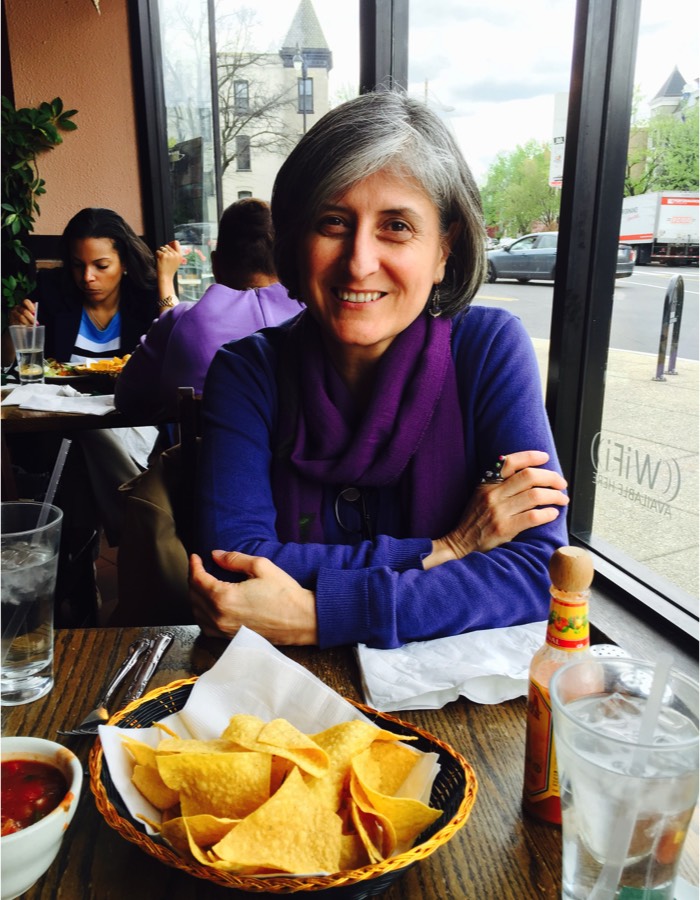
Mel ➤➤
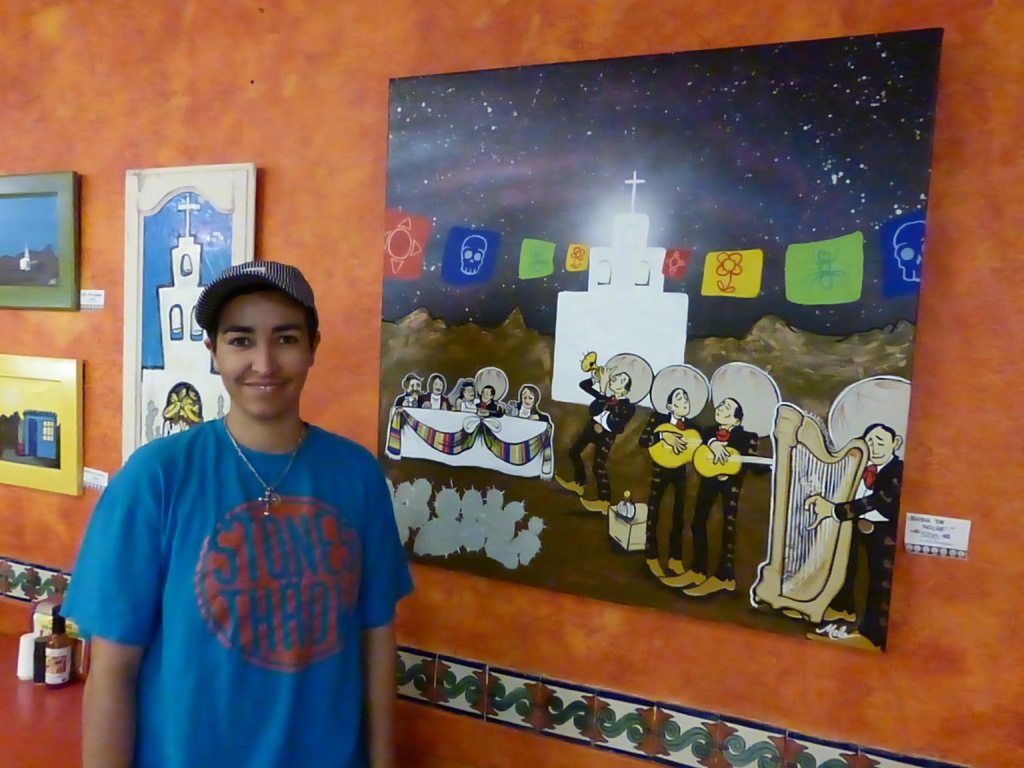
Eventually, the City hired her as a youth mentor to help young people make positive change in their lives.
Today, she is often called upon to speak at local events and serves as a role model and inspiration to young people across Arizona and neighboring states.
Mel’s paintings often depict what she sees around her in Tucson, and they reflect what I experienced in the Sonoran desert during my trip to Tucson. Her art and the messages she shares through her creative expression are what will keep me connected to Mel for a long time, across many borders.
Melissa ➤➤
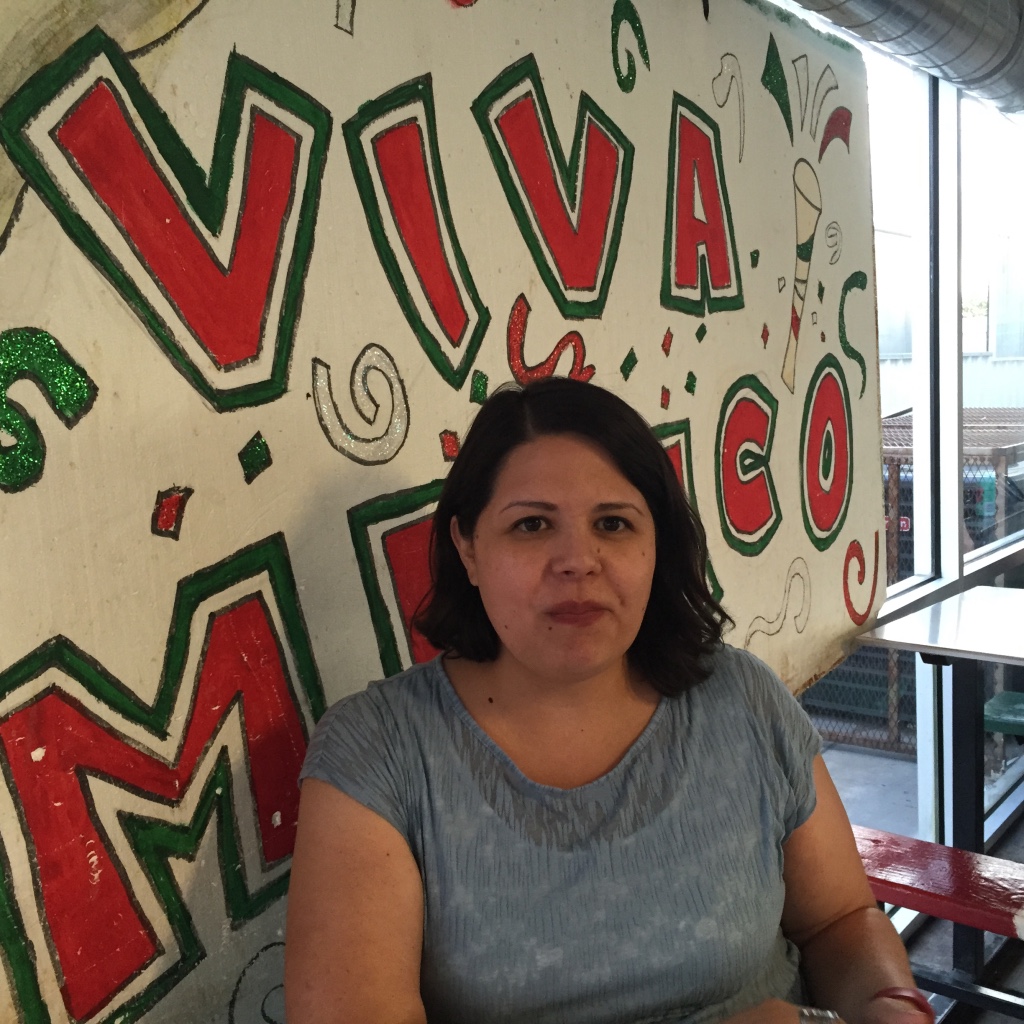
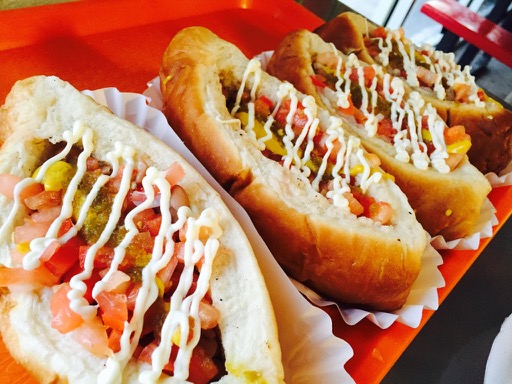
Joel ➤➤
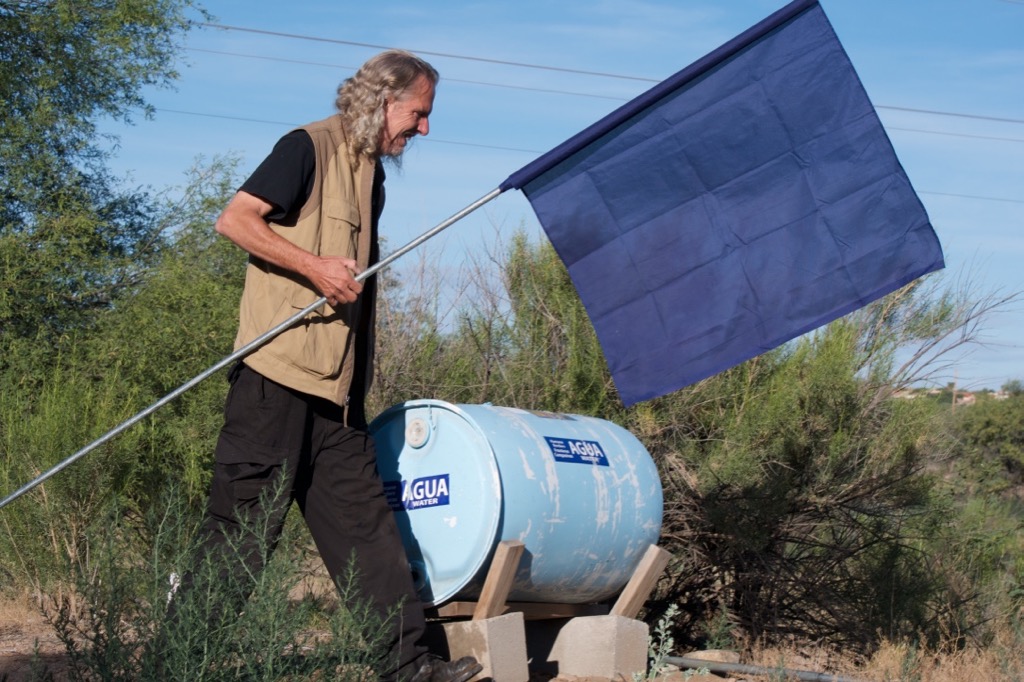

Jonathan ➤

I met Jonathan Hernández Niembro at the 50th Annual Yarmouth Clam Festival in Maine. He was selling jewelry wrapped in wire. He specialized in feather wrapping, but I spotted a collection of beautiful rings with many stones and when I ask him about them, I notice his accent.
"Where are you from?" I ask.
"I'm from Teotihuacán," he answers, pronouncing it slowly and carefully: TEH OH TEE WAH KAHN (accent on KAHN)
Teotihuacán is a historical pre-Columbian Meso-American city located in a sub valley of the Valley of Mexico, 30 miles northeast of Mexico City. I asked myself: What brought this Mexican from the beautiful warm weather of México to Yarmouth, Maine of all places?
"A girl," he answers when I ask out loud. An artist who fell in love with his artwork and then with him, led Jonathan to a new life in Maine.
Jonathan tells me that he met his American wife in México while she was traveling around that country. They fell in love. They married. Then, they decided to move to New Hampshire, where she was from. Soon they moved to Portland, where the two felt there was a larger art scene, and tried to make a living selling their art.
“It did not work,” he tells me. “She did not understand the Mexican culture, and we decided it was time to end our marriage. My divorce became final just two weeks ago.”
I don’t say anything and he notices. “No, te preocupes - don’t worry,” he says. “No estaba destinado a ser, no estábamos destinados a estar juntos. Está en el pasado y ahora espero un futuro positivo - Don't worry, It was not meant to be, we were not destined to be together. It's in the past and now I look forward to a positive future.”
"What do you miss most about México?" I ask in Spanish, knowing what the answer might be.
"La comida" (the food), he replies.
I’m not surprised when I hear that.
"And also speaking Spanish," he adds with excitement as we continue our conversation for the next 15 minutes.
Jonathan tells me that he enjoys the quiet pace of Maine and New England, and that the people are “muy simpaticos - so friendly!” But he misses being surrounded by his Mexican culture: eating the food he enjoys and having his traditional customs not be the center of a conversation among his American friends. “That’s what ended my marriage,” he says again with sad eyes. And again, he perks up and tells me he is happy with his new life in America.
I sympathize and also certainly empathize with what Jonathan says, remembering my own experience when I first moved to Rhode Island as a 17 year old college student. I often found myself alone in conversations while people around me tried to understand my customs and why I missed home.
I finally buy two rings and leave him to his customers. His booth seems to be a popular one and I did not want him to lose business. Before that, I tell him about my work with RI Latino Arts and encourage if he is ever in Rhode Island to sell his art, to look me up.
Isabel ➤

Mike ➤➤

Mike Hill
I met Mike while visiting the Inner Harbour in Victoria, British Columbia. He caught my attention as I was strolling through a street arts festival there, when I suddenly overhear some voices speaking Spanish. That was certainly nothing I was expecting to hear during my visit to Northwest Canada!
I’m fascinated to find four people carrying on a conversation in Spanish — one male and three females. I walk over hoping to see if I can strike up a conversation. They notice me staring — I guess I am gaping — and the youngest of the three turns her head to show me her ear. “What do you think? ¿Te gústa?” she asks in Spanish.
Wow! I am so impressed that she immediately assumes I speak Spanish!
I quickly respond, feeling relieved to be invited into the conversation so I wouldn’t be left to stand there, hovering while they chat.
"Muy bueno! ¿Que son esos?”
And with that, we continue our conversation in the Spanish language without either of us batting an eye.

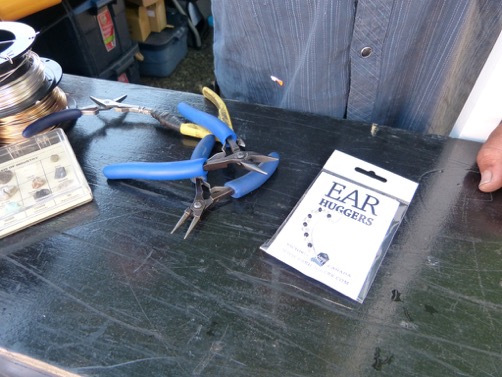
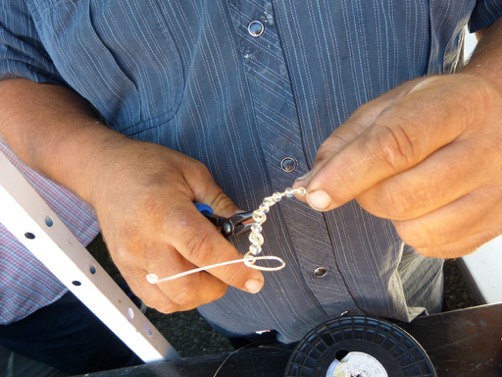
As he makes my ear hugger, the three women return and I take advantage of that moment to ask where they are from. “We’re Dominican,” answers the young girl, in English. “We crossed the border into Canada because my Aunt and Mom are considering moving here.”
Mike finishes the ear hugger using the stones I have selected, and I like it so much that I purchase it. Then he and the young Dominican girl proceed to show me how to wear it so it doesn’t pinch my ear.
As I walk away, I thank him and then bid farewell to the Dominican women as the mother turns to pay for her daughter’s ear hugger. I notice after she hands him her credit card, the mother has grabbed one and is trying it on for size. I think the young girl not only convinced her to buy the one she wanted, but also to buy one for herself.
⬅︎ Back